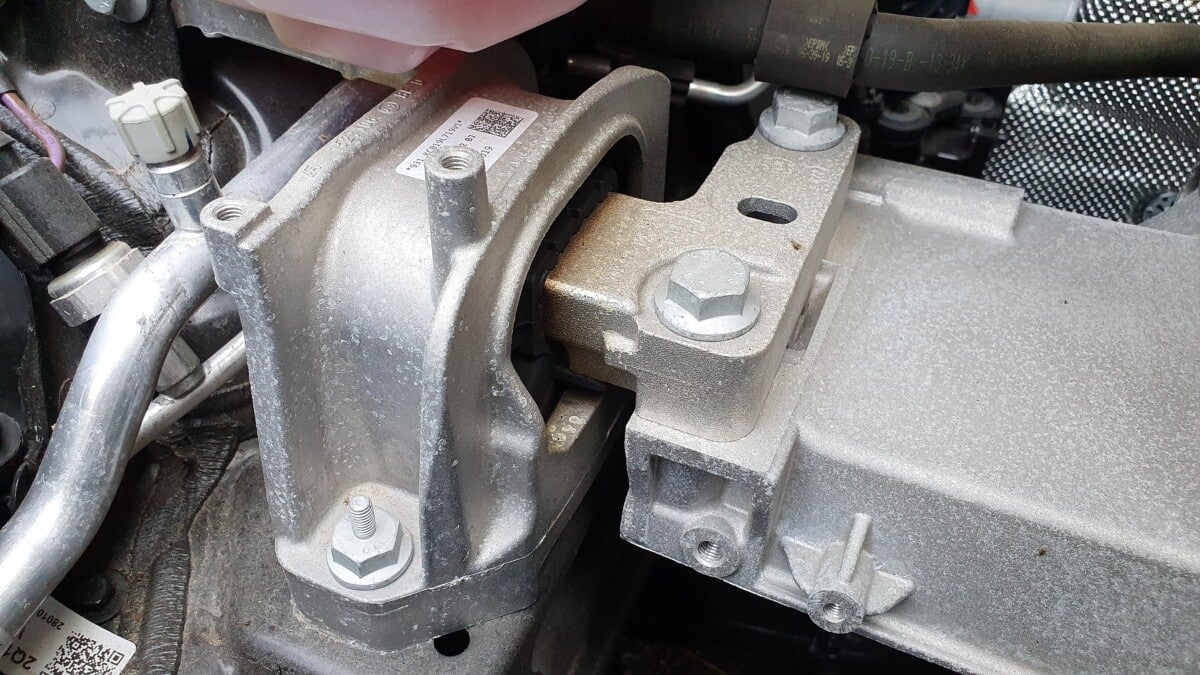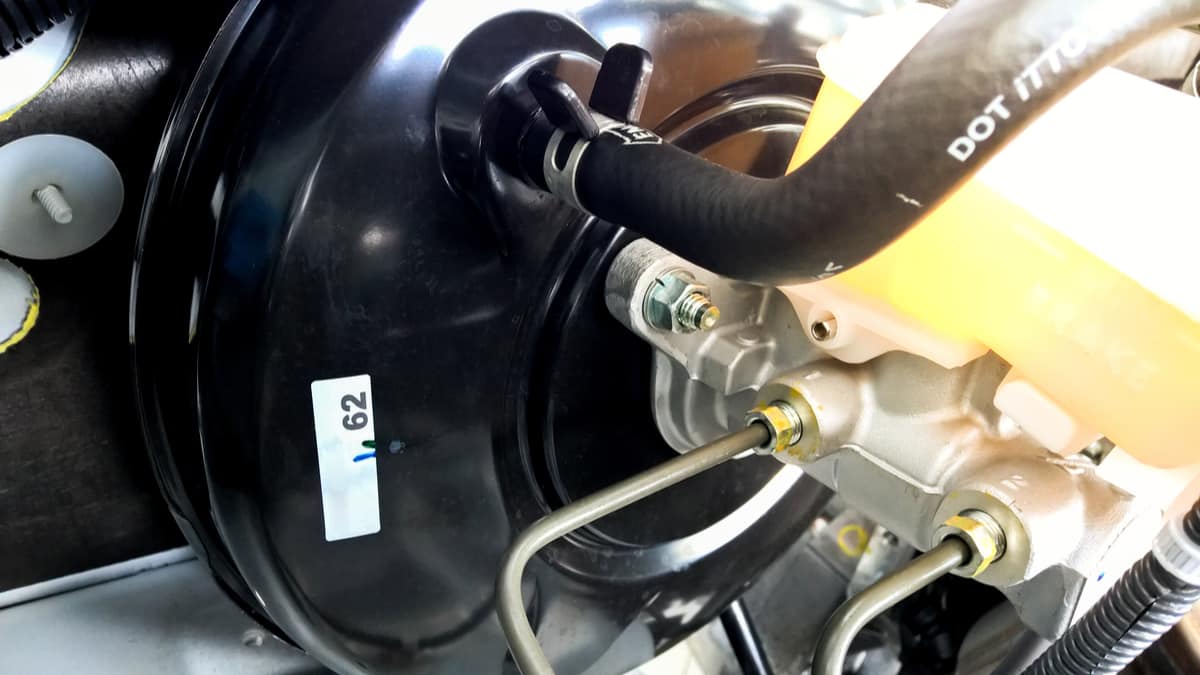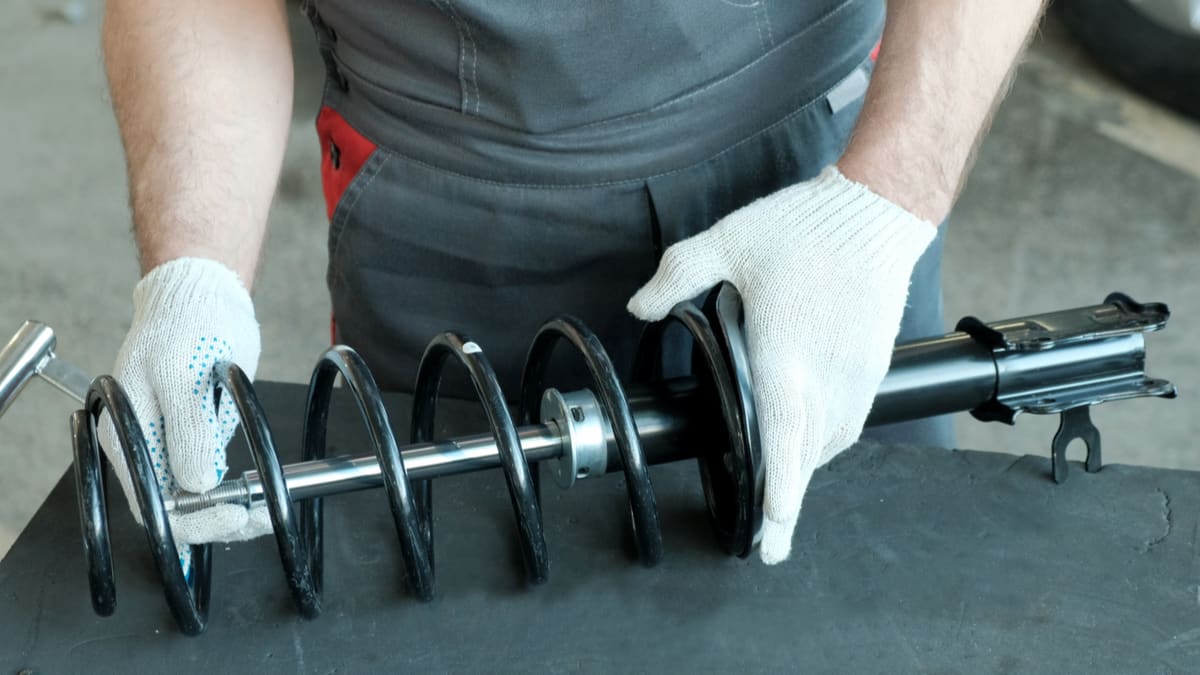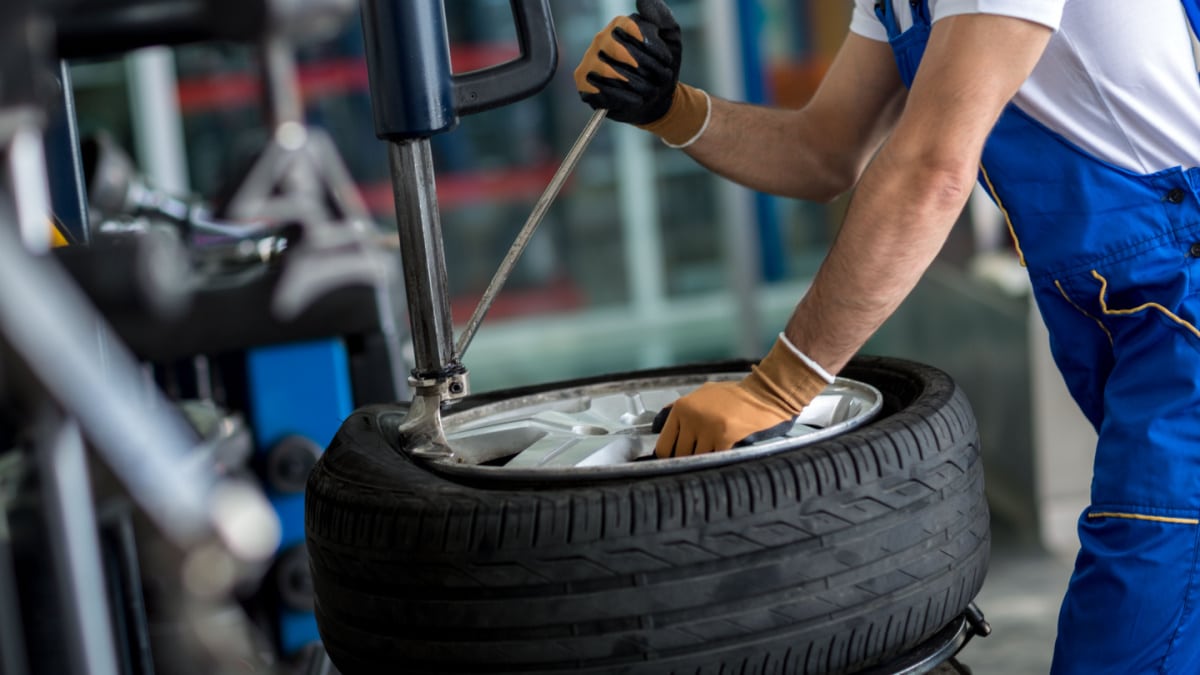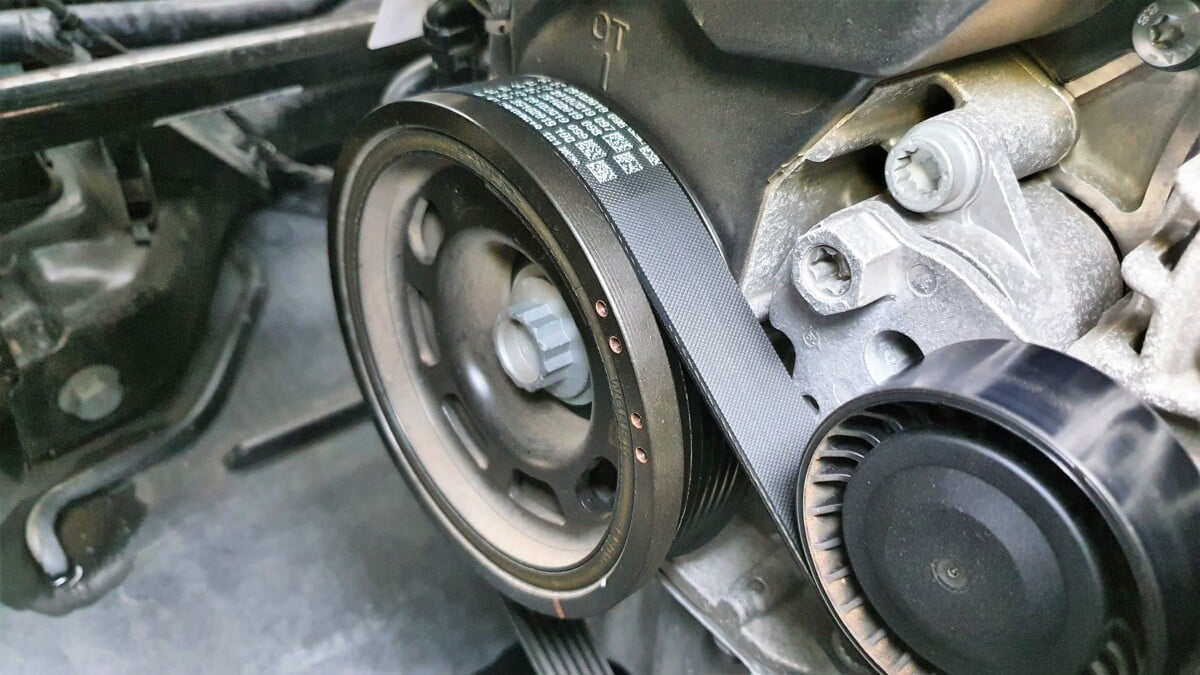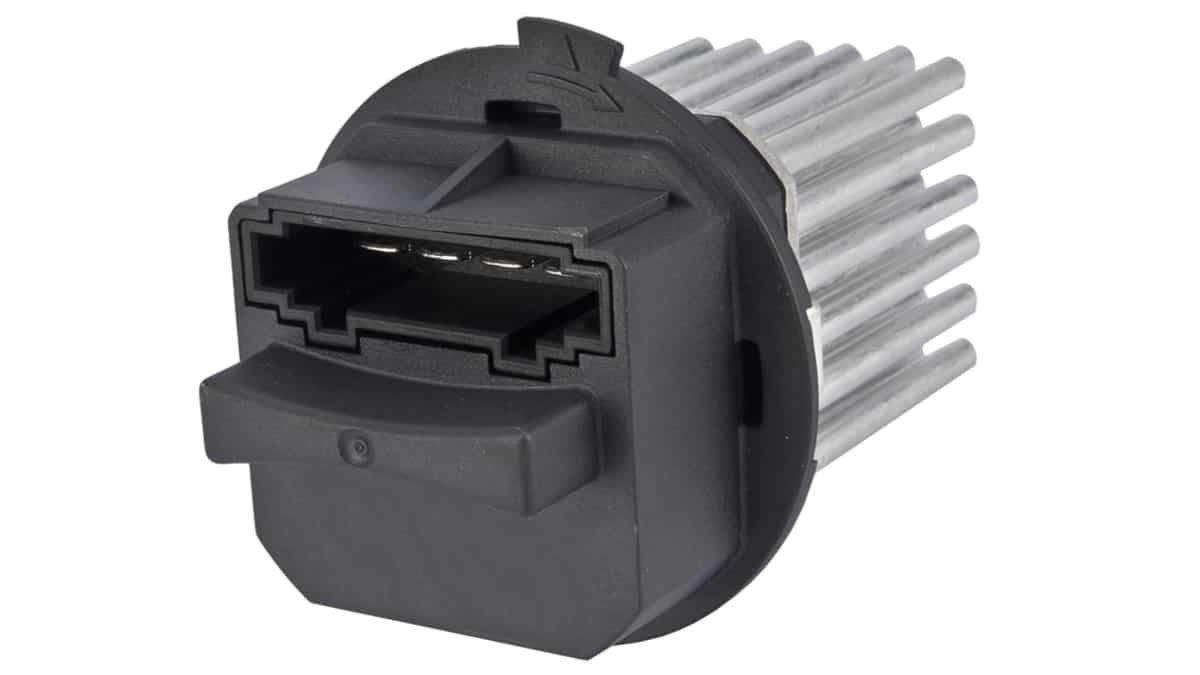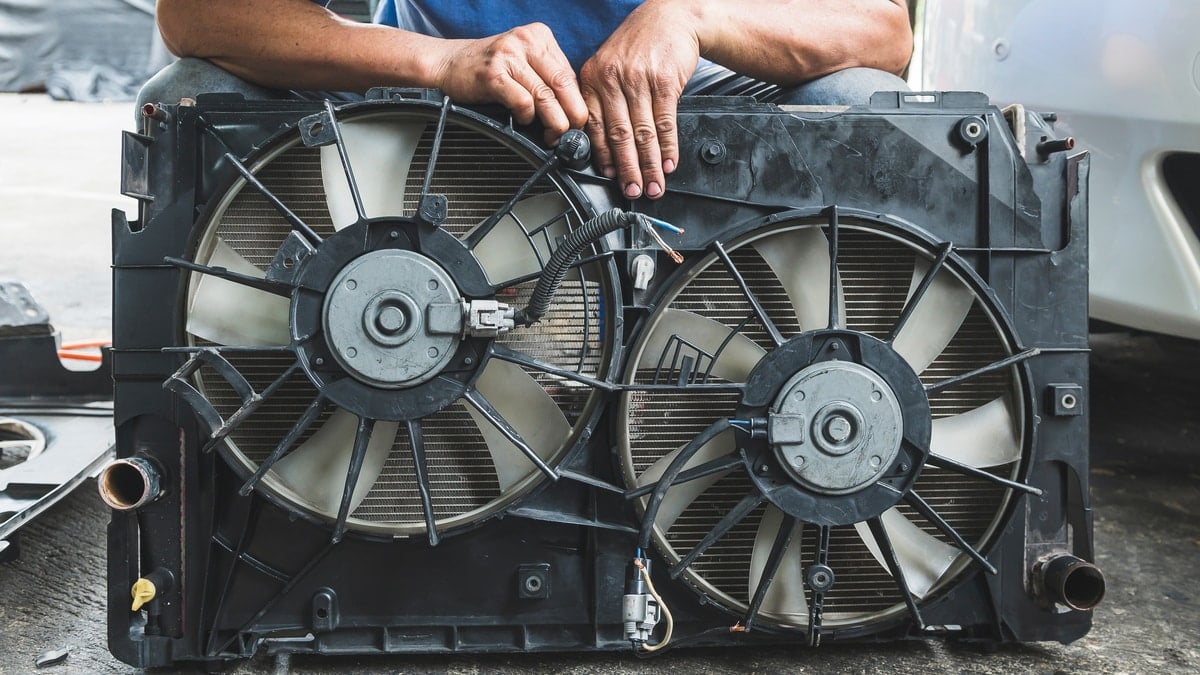The car’s suspension system is comprised of parts that create a smoother, more enjoyable ride. If there are issues with the ride, there could be a faulty part. That’s why it’s important to know the symptoms of a bad strut mount.
In this guide, we cover the symptoms you may notice with a bad strut mount. We also explain the function and location of the strut mount, as well as touch on how to inspect it and the average cost of replacing a bad strut mount. At the end of our guide, we strive to answer some of your most-asked questions.
Symptoms Of A Bad Strut Mount
Bad front strut mounts can cause noise when turning. Other symptoms of a bad strut mount include additional strange noises, as well as uneven tire wear. You may also notice vibrations, steering trouble or poor handling when a strut mount has failed to do its job.
Here is some more information about these possibilities.
1. Noise When Turning (Front Strut Mounts)
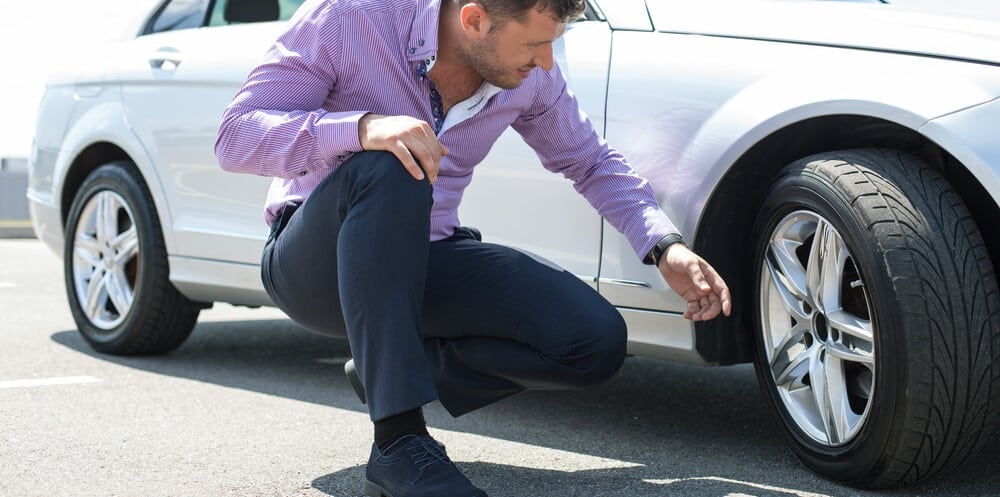
When dealing with the front strut mounts, you may hear some strange noises while turning. It can sound like a squeak as you turn to the right or left. It’s often most noticeable when traveling at lower speeds.
However, squeaking while turning isn’t a unique sign of a bad strut mount. It can also be the cause of other suspension part failures. That’s why you want to perform the inspection listed below in our article.
RELATED: 7 Common Car Engine Noises & What They Mean
2. Other Noises
You may also hear noises that occur without any steering. If there’s squeaking or clunking occurring, especially while traveling over a bump, you may have a bad mount.
This noise is created when metal components are hitting one another because of a lack of insulation. Yet, the noises can also come from other failing suspension parts.
3. Uneven Tire Wear
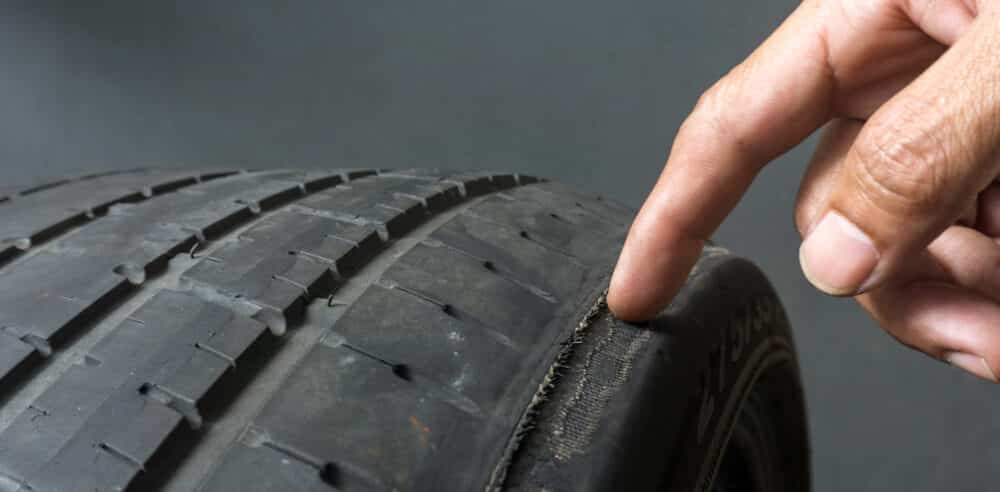
When there’s an issue with the suspension, the tire tread wears unevenly. The same is true if you have a strut mount that requires replacement.
When a damaged strut mount starts to wobble, it can’t keep the wheels aligned. As the tires drag against the pavement in a weird way, you will notice strange patterns in the tread. If you don’t have the problem repaired, get a wheel alignment and rotate the tires, you may need to replace them sooner than expected.
What’s interesting about tire wear is that it normally tells a story. For example, excessive inner or outer wear and cupping can all indicate signs of a bad suspension. If you are checking the tires frequently, you will become aware of the issues early on, when something could be done to counterbalance the wear that’s already occurred.
4. Vibration
Strut mounts are used to insulate the suspension. They connect the struts to the chassis, but these parts aren’t designed to rub together. If the insulation is worn out, the parts will start to rub and you will notice some vibrations.
You may mistake this vibration for what’s felt when the wheels are misaligned. That’s why a closer inspection is necessary.
5. Steering Trouble
The front strut mounts can have an influence over the steering system. The bearing of the upper strut mount also doubles as a steering pivot.
When it fails, there will be a lack of steering smoothness. You may also notice longer response times because of the malfunction. Without the ability to steer as you need, there’s a heightened risk of danger.
6. Poor Handling
The bad strut mount can lead to poor wheel alignment. Not only can the caster measurement be off, but the camber setting is also going to suffer. The reason for these changes is due to the geometry alterations that occur when the mount wears or fails.
You may notice that the car bounces more than usual while going over a bump. It may also be difficult to control, especially when you pair the bad alignment with steering issues. However, all of these issues are also indicative of bad suspension parts, so the whole system needs to be checked.
What’s The Function Of A Strut Mount?
Strut mounts are the point of attachment of the upper portion of the strut to the chassis of a vehicle. There are no lower strut mounts because the bottom of the strut connects directly to the knuckle.
The purpose of this upper strut is to insulate the suspension from vibration. It also helps to damper road noise. With a well-functioning strut mount, driver comfort is increased and there’s less harshness, even when traveling across uneven roads and bumpy terrain.
The majority of front strut mounts include bearings. These bearings are needed to help pivot while steering.
Where Are The Strut Mounts Located?
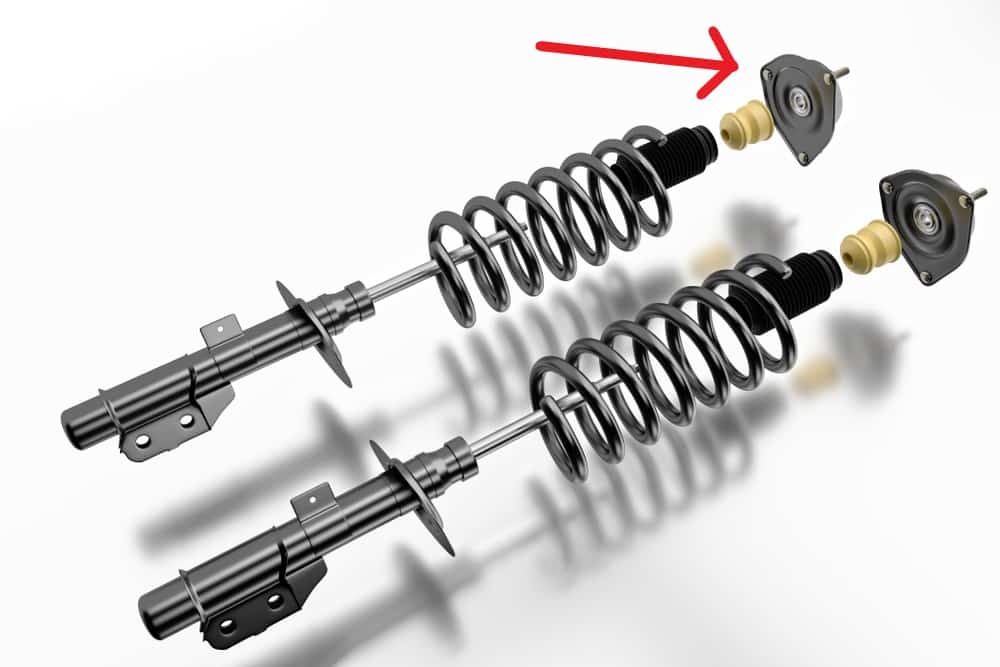
The strut mount serves as the attachment point between the strut and the chassis of the vehicle. It’s found at the top portion of the strut. Front struts are connected to the steering knuckle, while the rear is connected to the wheel hub.
Front strut mounts also occasionally contain a bearing or bearing plate that serves as the steering pivot. In this case, the strut mount has multiple purposes.
Inside of the strut mount, there’s some rubber material that’s used as insulation. This rubber material is needed to reduce vibrations and road noise.
How Do You Inspect A Strut Mount?
Even if you don’t have a lot of professional experience, checking a strut mount is pretty straightforward. It’s important to check all parts of the suspension at the same time to ensure you have a smoother, more enjoyable ride.
Here are some basic guidelines we follow as technicians.
- Take the vehicle for a road test. While driving, pay close attention to the noises made when turning the steering wheel, the binding of the steering wheel, and what noises are made while going over bumps.
- Visually inspect the strut mounts for cracks. If you notice any cracks or imperfections, the mount needs to be replaced.
- Check that the strut nut is tightened. If it is loose, you want to tighten it.
- Lift the vehicle off the ground. You don’t want any weight on the vehicle. Secure the car on jack stands.
- Have a friend listen to the struts while you turn the steering wheel side to side.
- Grab the springs near the top and shake the strut. If there’s movement, you may have a bad strut mount.
If you are unsure what you are looking at or you aren’t sure how to diagnose the strut mounts, make an appointment with a local shop. Ask for recommendations from family or friends. Otherwise, you can read through some online reviews to find a trusted shop in your area.
How Much Does It Cost To Fix A Bad Strut Mount?
For the parts alone, you may spend $10 to $400 per strut mount, depending on the type of vehicle you drive and whether you want aftermarket or OEM parts. If you can replace the bad strut mount yourself, there will be no additional charge. Otherwise, you will also need to pay for labor, which can vary by region.
Most professionals agree that it’s best to replace the strut mounts in pairs. Considering they both have the same amount of miles on them, they are likely in comparable condition to one another. If the matching pair hasn’t failed yet, it probably will soon. By replacing both mounts, you ensure that the suspension is evenly matched on the axle, which helps to maintain the ride height and increase handling.
Additionally, after you replace the strut mount, you may have some other work that needs to be performed. You will want to schedule a wheel alignment, which could cost $50 to $150. If the tires are worn, they will need to be rotated, which may add another $50 or less to the total cost.
In the worst-case scenario, you may need to replace some of the tires if they are already too worn. In this case, you could be looking at an expensive repair bill.
Can you drive with a bad strut mount?
You should still be able to operate the vehicle with a bad strut mount, but it’s best to avoid driving. Not only can the handling be off, making it more difficult to control the vehicle, but you are allowing additional wear to the suspension and tires. If neglected, you could deal with higher repair bills.
Do bad strut mounts make noise?
Yes, bad strut mounts can create a squeaking or clunking noise, which is most often heard when going over a bump. The front strut mounts also tend to make more noise while turning because they can serve as a pivot point for the steering. You may hear these sounds most often while traveling at lower speeds.
What causes strut mounts to fail?
Strut mounts are meant to last a long time but can fail simply because of old age. There’s also a lot of stress put on the mounts, which is why they generally just go bad from normal wear and tear. If the vehicle has been in an accident or hit a bump at higher speeds, there could also be some impact damage.
What does a worn strut mount sound like?
Bad strut mounts can make a clunking or squeaking noise, especially when you are traveling over bumps or uneven road surfaces. If the front strut mounts are bad, you may hear the noise while turning if the mounts serve as pivot points for the steering system. In the front, the noises are most frequently heard while traveling at lower speeds.
How many miles should strut mounts last?
The strut mounts are designed to last the lifetime of the vehicle. If they fail, it shouldn’t be for at least ten years unless there was some sort of contamination that caused them to corrode. Strut mounts can be inspected during a typical suspension check to ensure that they aren’t failing prematurely.
Strut mounts aren’t the most glamorous part of the suspension system, but they are necessary. Without them, metal would rub against metal and there would be an unfavorable ride. For these reasons, it’s important to make sure that the strut mounts are in good shape. If you allow them to wear down, the ride becomes hindered and the tire tread could wear unevenly.
Our recommendation is to check the strut mounts regularly whenever you normally perform a suspension inspection. Catching problems early can save you a lot of hassle and money. Mark your calendar to perform these checks as often as the manufacturer recommends.
Categories: Suspension

